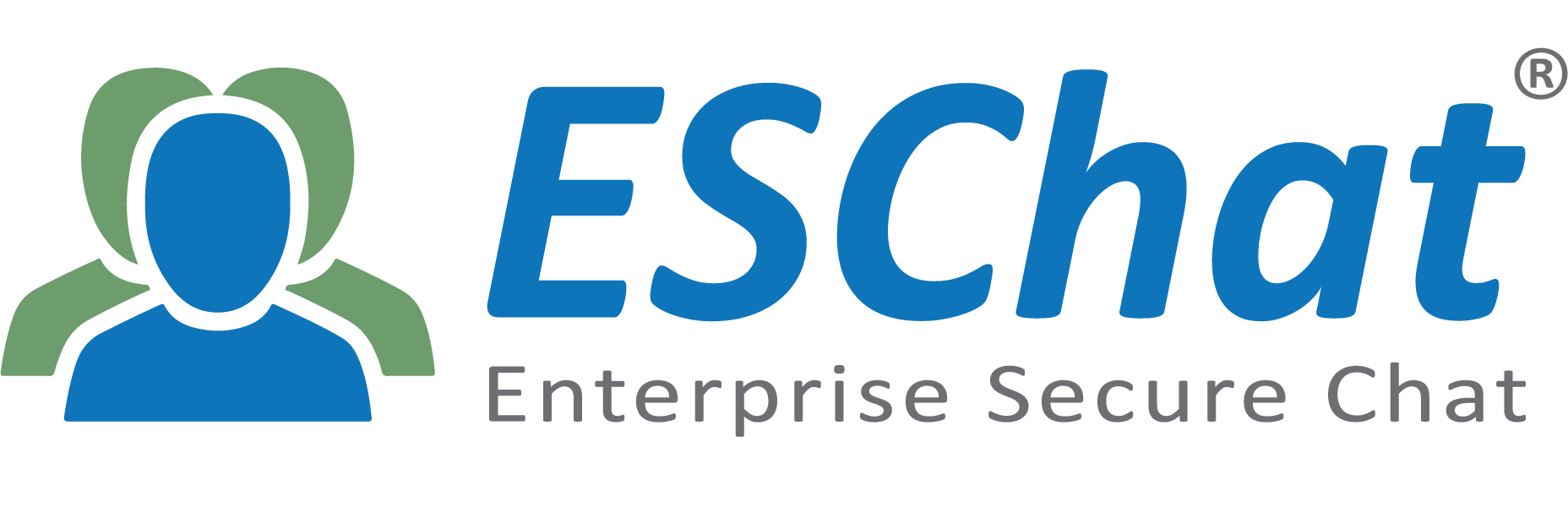Carrier Enhanced Quality of Service Options

Quality of Service
One feature that has traditionally been included with Carrier Based PTT offerings is enhanced Quality of Service (QoS). In Basic OTT deployments, network data is allocated to the mobile devices on a ‘Best Effort’ basis. The wireless network attempts to provide an equal experience to all mobile devices. Using enhanced QoS profiles, carriers can offer improved data access to their own PTT users. This feature was required during the 2G and 3G days, but in the world of 4G LTE QoS offerings are not required for most users. However, there are situations where enhanced QoS is desired or even required.
Poor Network Coverage: For users operating in areas with limited LTE coverage, enhanced QoS can help provide a better communication experience. While QoS does not change the LTE coverage footprint, PTT users operating in areas of poor coverage experience somewhat better access to the LTE network. This is often enough to allow them to communicate where they otherwise could not. QoS is especially helpful at cell edges where typically signals are weakest and data rates are slowest.
Saturated Networks:
More and more we see organized events such as concerts, parades, and sporting events where smartphone users capture still or video images and post or live stream to social networks. Scenarios where there is an increased number of users in a region and those users are sending large amounts of data to the LTE network are ripe for a diminished communication experience for both PTT and normal voice calls. The amount of capacity during these events is limited by the number of cell sectors that serve the venue and network access is determined by requests made by devices to the network. In some cases, the number of devices vying for access to the network can swamp the system in a confined area.
In the case of public safety or business-critical communications, enhanced QoS becomes a key issue. During natural disasters, LTE networks can also become saturated when wireless users access the LTE network to communicate with family or obtain informational updates. Many times, the press covering the disaster grabs a connection to the network and hangs onto it during the entire life of the event. During these occurrences, first responders cannot rely on best-effort QoS for reliable communications, so a more effective method of assuring access is needed.
Carrier Enhanced QoS for Business Critical and Public Safety Users
To overcome these situations, some wireless carriers have begun offering an upgraded service package to provide enhanced QoS to their customers. In the United States, both Verizon Wireless and AT&T Wireless have rolled out enhanced QoS service offerings. Verizon’s Private Traffic Network Management (PTNM) and AT&T’s Dynamic Traffic Management (DTM) each offer customers multiple tiers for enhanced QoS. Each carrier offers enhanced QoS for business users and also for public safety users. There are two levels of QoS presently being offered. In the first case, a device is connected to the network’s data stream has a higher level of priority across the network. In the second case, generally reserved for the public safety community, the QoS level is extended to access to the network. However, as described above, if a cell sector’s signaling channel is overloaded, no matter what level of QoS has been assigned the network will not be aware of the connection request so it will not be able to gauge the QoS level of the device.
The Result: Over the Top PTT with Enhanced QoS
Leveraging the QoS options from the carriers, OTT service providers such as ESChat are able to provide all the benefits of OTT plus QoS for customers whose mission requires priority on the LTE network. This hybrid approach offers the most flexible and best performing PTT experience and is the only option available to provide cross-carrier PTT communications with QoS enabled on multiple networks.
